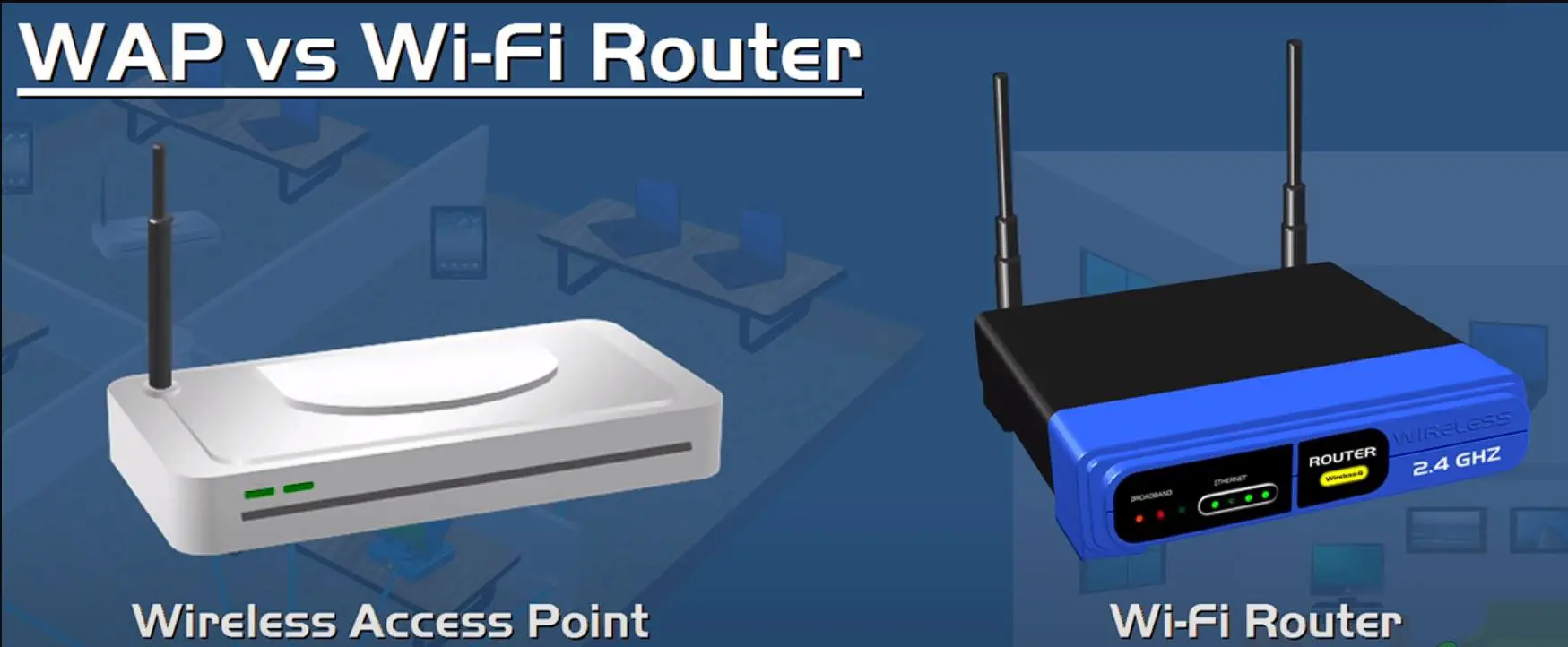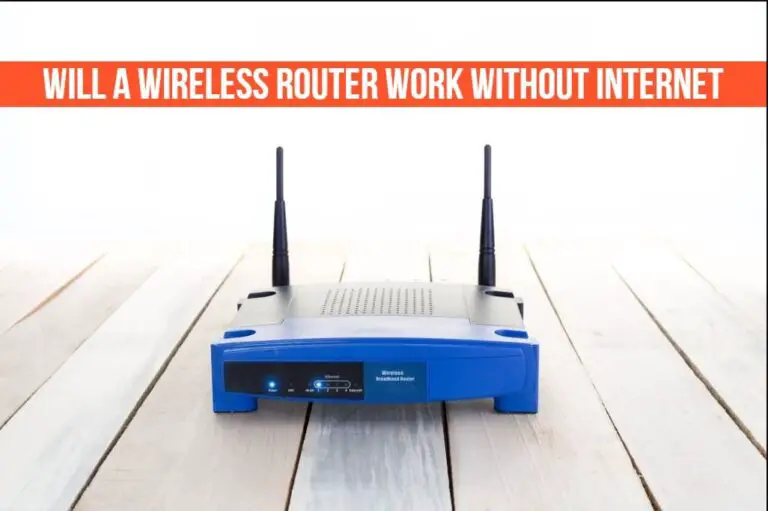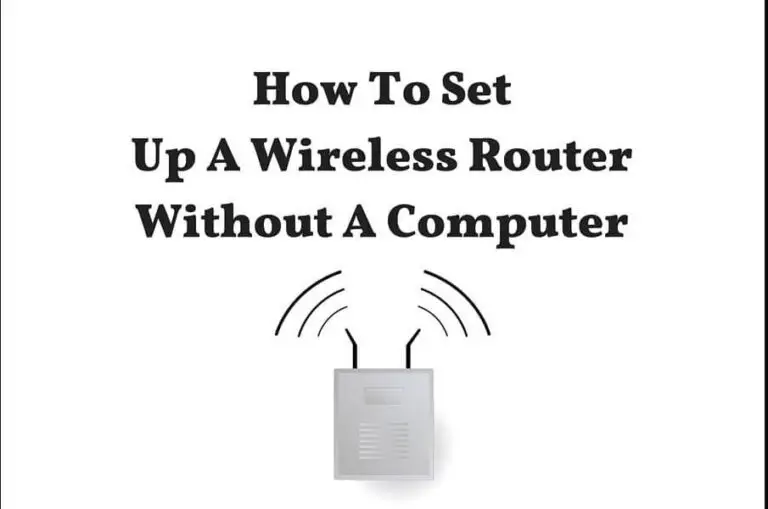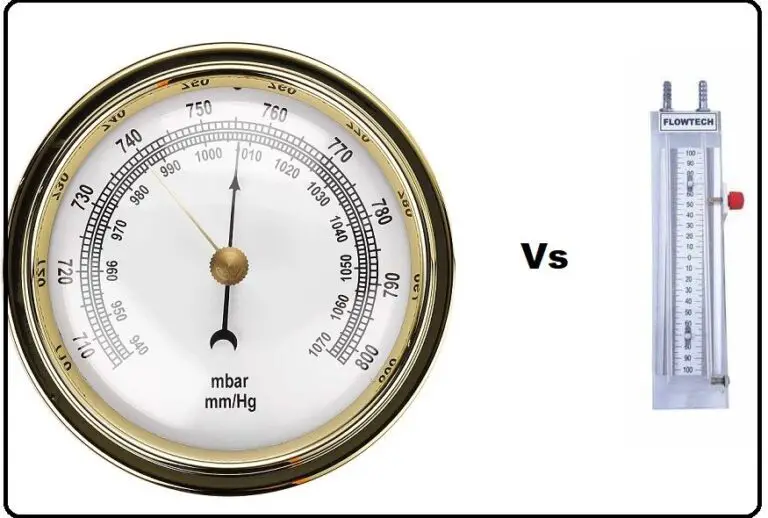Wireless Access Point vs Router: Major Differences
Nowadays, practically every home has a wireless network. You undoubtedly occasionally overhear conversations regarding the wireless infrastructure in the area. The wireless router is the one we use in our daily life the most. However, in recent times, the term “wireless access point” or “AP” has become more and more prevalent. What does wireless AP mean? It is identical to the wireless router, right? What distinguishes them from one another? This blog will explain the differences between a wireless access point and a router.
What Is a Router?
You must first comprehend what a modem is in order to comprehend what a router is. Your modem can be thought of as a sort of internet gateway. You couldn’t use the internet in your house or place of business without a modem. Your Internet Service Provider normally provides your modem (ISP).
In addition to giving you additional direct Ethernet ports and wireless access for other devices in your home, such as your smartphone, tablet, or computer, a router connects to a modem directly via an Ethernet cable.
Your local area network is the network that your router creates (LAN). Your router’s current network of wired or wirelessly connected devices is known as your local area network (LAN). Then, using your modem, your LAN is linked to a bigger, wide-area network (WAN).
In conclusion, your router serves as a bridge between your modem and all of the gadgets in your house or place of business. While some routers solely provide wired Ethernet connections, the majority of Wi-Fi routers today provide wireless connectivity with an integrated access point. Why are wireless access points marketed separately, then? Let’s look at it.
What Is a Wireless Access Point?
An Ethernet cable must be used to link a wireless access point, which serves as an access point for devices to connect to a LAN, to a router. A wired signal becomes a wireless one via the Ethernet cable.
What purpose do standalone wireless access points serve if a router is required regardless of whether you have an external or inside access point?
Well, wireless access points are frequently utilized to increase your LAN’s wireless coverage. Huge enterprises with thousands of square feet or large houses with Wi-Fi dead zones can also benefit from this. Additionally, employing a wireless access point expands the pool of users that can join the network, which is helpful for companies with several employees.
Router vs. Access Point: What’s the Difference?
Simply said, an access point cannot act as a router, but a wireless router can act as an access point.
For the majority of users, you won’t even have to worry about choosing between adding wireless access points or sticking with only a wireless router. As previously indicated, current wireless routers often include direct Ethernet ports, wireless connectivity via a built-in access point, and a simple defensive firewall. These features are all you need for a dependable wireless network for a home or small business.
Adding a wireless access point to your system is normally reserved for situations where you need to increase the network’s capacity for more connected devices, extend your coverage to a greater region, or a location with Wi-Fi dead spots. To operate the local area network and connect to the wider area network, however, you need a router.
Which Option Is Best for You?
The best option for the majority of homes and small businesses is a wireless router with an integrated access point.
To make sure there are enough connection points and space on the network for everyone to connect without difficulty, you’ll probably need to invest in a few wireless access points if your business or house is spread out over a sizable area or perhaps numerous floors of a building.
Don’t instantly run out and purchase a wireless access point to aid with bad connection areas or dead spots in your home whether you are in a home or even a small business. As an alternative, be sure to check your Wi-Fi speed first. Frequently, there may be a problem with your ISP’s coverage or a problem with your modem or router. Therefore, be sure everything you currently have is functioning well before you start spending additional money.







